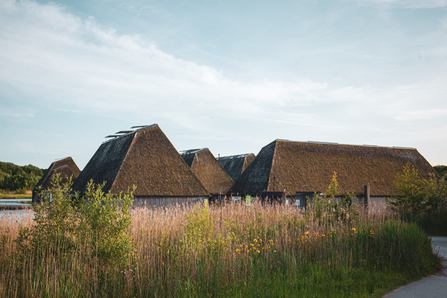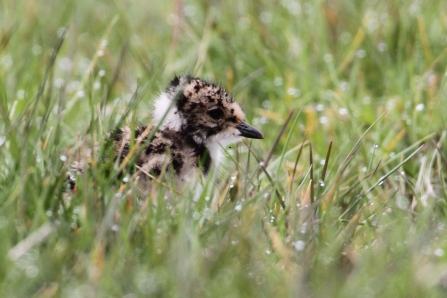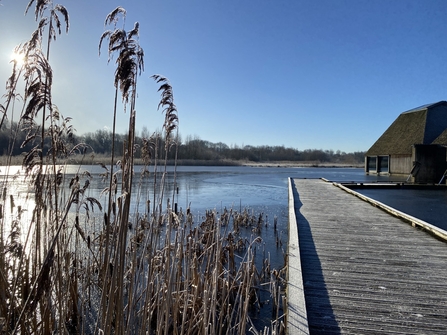I have seen many habitat changes during an amazing eight and a half years of working at Brockholes, with the meadows, woodlands, hedgerows and ponds supporting an increasing abundance of wildlife. However, despite our best efforts, the islands and reedbeds are struggling to become the wading bird paradise we want them to be.
Now hope is on the horizon, thanks to grant providers Biffa Award and National Highways, who are funding phase one of our ambitious habitat remediation and enhancement project. This spans Meadow Lake and No.1 Pit Lake, aiming to reinstate water controls, create large muddy islands ideal for wading birds, and lush extensive reedbeds, no longer choked with willow and alder trees. These may sound like simple aims, but their implementation on a maturing nature reserve is tricky. Having spent years assessing problems that the islands and reedbeds face, we know there are three big challenges, but also three solutions.





